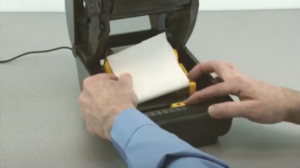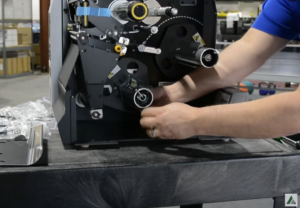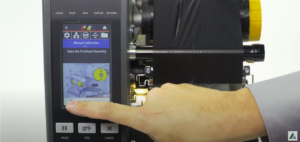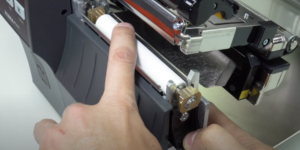Estimated reading time: 3 minutes
RFID has revolutionized the asset tracking practice for many companies because it offers a quicker way to track multiple items over extended distances. Studies indicate that RFID increases inventory accuracy from an average of 65% to more than 95%. High inventory accuracy can lead to increased sales when decision-makers use data to improve operations and processes.
While RFID can significantly improve inventory accuracy, receiving time, counting rates, and supply chain visibility, it has some limitations. When implementing RFID, expect these challenges:
- Higher costs and consistent management – On top of a high price point, RFID requires costly equipment that requires maintenance and management throughout the device lifecycle. Additionally, tags can set inventory and distribution operations back. Although prices have fallen with RFID upgrades, businesses sometimes can still take a pass on steep prices. While piloting and deployment costs may seem high upfront, later ROI outweighs these expenses. New RFID devices are also able to overcome costs with streamlined data capture, reporting, and team communication, thus reducing the number of deployed devices and operational costs.
- Trouble scanning with metals and liquids – Liquids and metals can both make it harder to get proper reads on tags and assets. The problem stems from radio waves bouncing off metal surfaces and liquids covering tags. Challenges like liquids and metals can lead to incorrect reads and slower operations, however, RFID can overcome liquids and metals. Most RFID scanners come equipped with Silverline inlays and liquid-resistant designs to facilitate RFID scanning on metal and curved surfaces.
- A complex design that can be difficult to learn – It can be a challenge for workers to understand the different tags and frequencies from RFID and how to use the equipment. Managers need to be experienced with the technology so they can train employees on the ins and outs of RFID. Fortunately, Zebra scanners are built with Android’s familiar and user-friendly design that makes it easier for new employees to use.
- Reader and tag collisions – RFID technology can also cause workers to come across interferences. For example, a worker might come across interference from other readers during a reader collision. When more tags and readers are at play, it can be difficult to block out interference and get an accurate read. Luckily, you can avoid this by implementing a comprehensive site survey before creating an RFID solution. A site survey can provide a detailed analysis of your environment to pinpoint challenging areas like metal shelving and dense walls. Experienced providers like Advanced Automation can help you analyze your environment and overcome challenging collisions.
While RFID technology has some limitations, combining RFID tags and barcodes can improve the speed and accuracy of your operation while also controlling expenses. By combining both, you can improve operations without the challenge of higher upfront costs and more complex workflows.
When businesses use RFID and barcodes together, it results in better data, leading to expanded asset utilization, increased inventory returns, and reduced storage and labor costs. Better data access and other features are possible when you leverage a combination of RFID tags and barcodes:
- Real-time monitoring and reporting of assets
- Increased asset visibility
- Improved productivity
- Reduce shrinkage and lost items
When you use both RFID and barcodes you can track your raw materials, work in progress, manufactured goods, and purchased supplies in real-time. Discover how you can manage and track your inventory in real-time with Advanced Automation.
Contact us today to discuss a detailed plan with our RFID specialists to start integrating a tracking solution that meets requirements.
To learn more about Advanced Automation and the many services we offer >> Click Here






